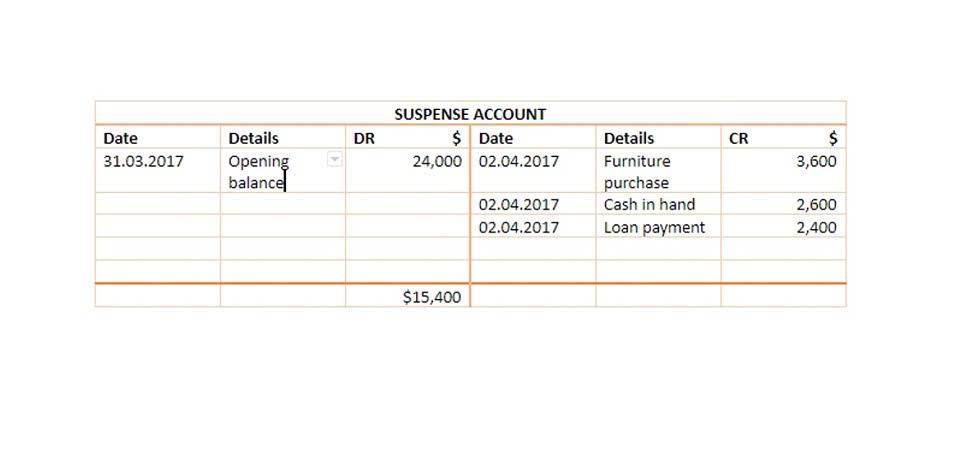
General Motors also can add up all of the standard times for all vehicles it makes to determine if too much or too little labor was used in production. Possible reductions inproduction costs A standard cost system may lead to costsavings. The use of standard costs may cause employees to becomemore cost conscious and to seek improved methods of completingtheir tasks. Only when employees become active in reducing costscan companies really become successful in cost control. Instead of recording costs at the actual amounts, they are recorded using standard costs initially. Then later in the process, they are adjusted to match the actual amounts.
Ethical Variance Analysis
Chartered accountant Michael Brown is the founder and CEO of Double Entry Bookkeeping. He has worked as an accountant and consultant for more than 25 years and has built financial models for all types of industries. He has been the CFO or controller of both small and medium sized companies and https://www.bookstime.com/ has run small businesses of his own. He has been a manager and an auditor with Deloitte, a big 4 accountancy firm, and holds a degree from Loughborough University. Allowing for normal inefficiencies, the product is expected to require 0.50 hours of labor at a cost of 15.00 per labor hour.
What Are Some Advantages of Cost Accounting?
A term used with standard costs to report a difference between actual costs and standard costs. Standard costing (and the related variances) is a valuable management tool. If a variance arises, it tells management that the actual manufacturing costs are different from the standard costs.
What Is Cost Accounting?
The other considerations are arranging of purchase and procurement policy, production policy and economic order quantity. This can be done with accuracy with standard cost than the actual costs. Standard costs removes the reflection of abnormal price fluctuations in production planning. The standard costing price variance is the difference between the standard price and the actual price of a unit, multiplied by the quantity of units used. Whereas the disadvantages include that implementing a standard costing system can be time consuming, labor intensive, and expensive.
Workers often did not know how many hours they would work in a week when they reported on Monday morning because time-keeping systems (based in time book) were rudimentary. Cost accountants, therefore, concentrated on how efficiently managers used labor since it was their most important variable resource. Now, however, workers who come to work on Monday morning almost always work 40 hours or more; their cost is fixed rather than variable. However, today, many managers are still evaluated on their labor efficiencies, and many downsizing, rightsizing, and other labor reduction campaigns are based on them.
Variances from such standards represent deviations that fall outside of normal operating conditions and signal a need for management attention. They allow for no machine breakdowns or other work interruptions and call for a level of effort that can be attained only by the most skilled and efficient employees working at peak effort 100% of the time. In some cases, a “favorable” variance can be as bad or worse than an “unfavorable” variance.
- Since the calculation of variances can be difficult, we developed several business forms to help you get started and to understand what the variances tell us.
- The essence of standard costing is to set objectives and targets to achieve them, to compare the actual costs with these targets.
- In adverse economic times, firms use the same efficiencies to downsize, right size, or otherwise reduce their labor force.
- For evaluating performance, standard cost variances may be supplanted in the future by a particularly interesting development known as the balanced scorecard.
- When management develops appropriate cost standards and succeeds in controlling production costs, future actual costs should be close to the standard.
Direct labor may have a variance in the rate paid to workers or the amount of time used to make a product. Overhead may produce a variance in expected fixed or variable costs, leading to possible differences in production capacity and management’s ability to control overhead. More specifics on the formulas, processes, and interpretations of the direct materials, direct standard costing system labor, and overhead variances are discussed in each of this chapter’s following sections. In addition, these standards are used to plan a budget for the production process. At the end of the accounting period, use the actual amounts and costs of direct material. Then utilize the actual amounts and pay rates of direct labor to compare it to the previously set standards.

- Itrecords these varying amounts of actual unit costs that must becalculated during the period.
- A standard cost is described as a predetermined cost, an estimated future cost, an expected cost, a budgeted unit cost, a forecast cost, or as the “should be” cost.
- Average costing calculates the average cost of inventory items, while standard costing uses predetermined costs for materials, labor, and overhead.
- It helps to provide valuable guidance in several management functions such as formulating policies, determining price level, etc.
- Management can then direct its attention to the cause of the differences from the planned amounts.
- For example, purchasing substandard materials may lead to using more time to make the product and may produce more scrap.
The second objective of standard cost is to help the management in exercising control over the costs through the principle of exception. Cost-accounting systems ,and the techniques that are used with them, can have a high start-up cost to develop and implement. Training accounting staff and managers on esoteric and often complex systems takes time and effort, and mistakes may be made early on. Higher-skilled accountants and auditors are likely to charge more for their services when evaluating a cost-accounting system than a standardized one like GAAP. For evaluating performance, standard cost variances may be supplanted in the future by a particularly interesting development known as the balanced scorecard.
Possible reductions in production costs
- This 0.1-hour variance results from the unrealistic standard rather than operational efficiency.
- Standard costs fit naturally in an integrated system of responsibility accounting.
- Standard Costing is used to ascertain the standard cost under each element of cost, i.e., materials, labours, overhead.
- The how to treat standard costing variances diagram used in this tutorial is available for download in PDF format by following the link below.
- If the actual performance is found to be abnormal, large variances may result and necessitate revision of standards.
- In other words, your company’s profit will be $190 greater than planned due to the lower than expected cost of direct materials.
The management of each businesshas the responsibility for determining what constitutes a materialor unusual variance. Because materiality involves individualjudgment, many problems or conflicts may arise in settingmateriality limits. This method tended to slightly distort the resulting unit cost, but in mass-production industries that made one product line, and where the fixed costs were relatively low, the distortion was very minor.
Activity-based Cost Accounting
It empowers users to connect to multiple data sources, transform raw data into meaningful insights, and create interactive visualizations and reports. Establishing a standard costing system for materials, labor, and overheads is a complex task, requiring the collaboration of a number of executives. For managers within a company, exercising control through standards and standard costs is a creative program aimed at determining whether the organization’s resources are being used optimally. Standard costing is the second cost control technique, the first being budgetary control. Cost accounting is specifically intended for managers and employees who are a part of your business and responsible for making important decisions. Overheads are costs that relate to ongoing business expenses that are not directly attributed to creating products or services.